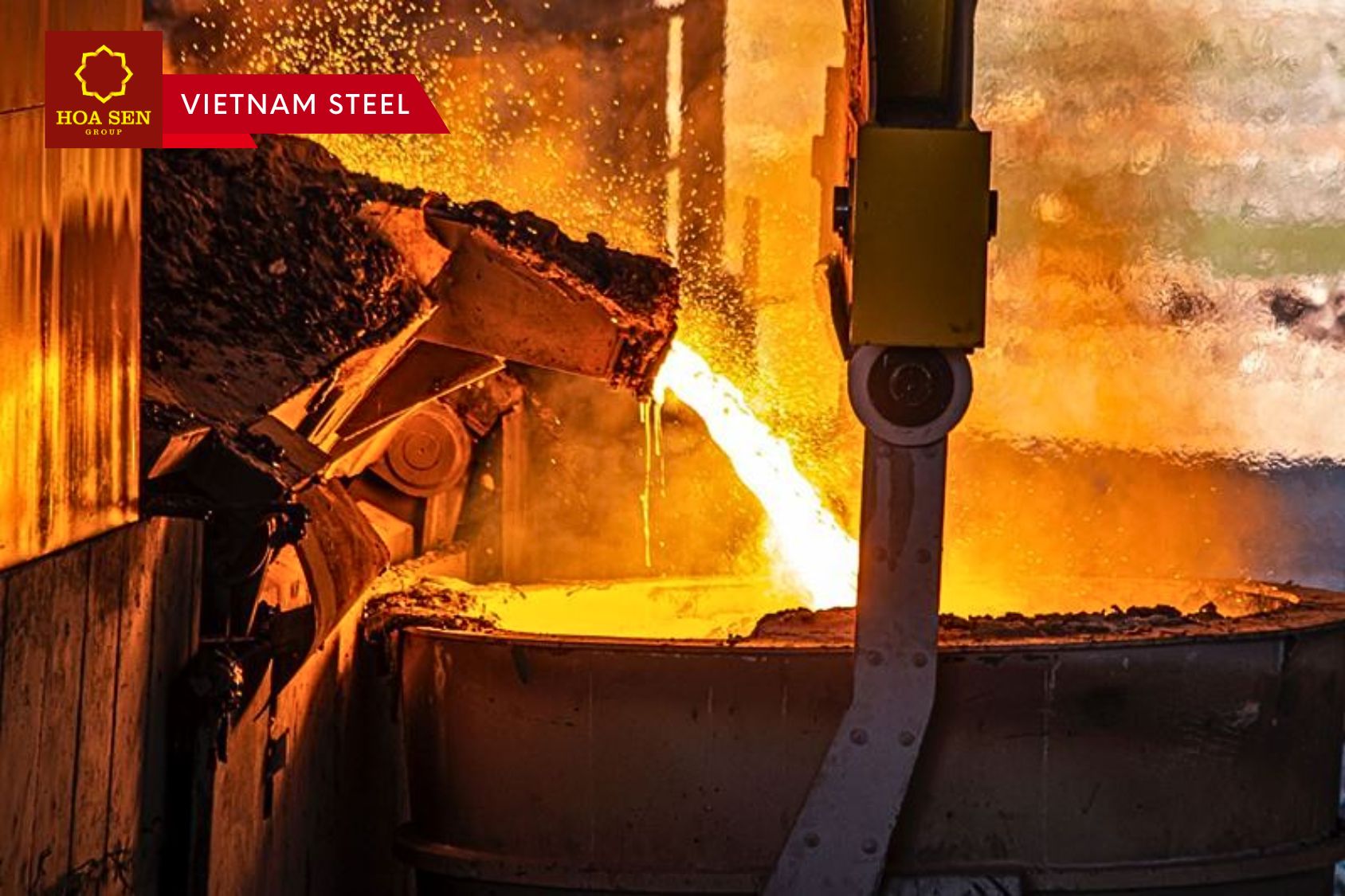Most Ukrainian companies name staff shortage as one of the main problems at enterprises
Ongoing mobilization and mass internal and external migration inevitably lead to a shortage of personnel in Ukraine. The National Bank of Ukraine (NBU) estimates that in 2023 the number of people of working age will decrease by more than a quarter compared to 2021. Different surveys show approximately the same picture – 75% of Ukrainian companies are experiencing a shortage of qualified personnel. The shortage of personnel is felt most strongly in the segment of traditionally male specialties and in the part of frontline regions, where the main industrial facilities are located.
The shortage of personnel has become more and more acute over time and has become one of the key problems holding back business development. According to the IER survey, staff shortages rank second (49% of responses) after military dangers/risks (56%) and even higher than rising prices of materials and raw materials (third place – 46%). This is despite the fact that during martial law the economy does not work at full capacity.
To all appearances, the situation in the personnel sphere will only worsen due to the ongoing mobilization and the imperfection of the reservation system. In turn, this may hit the prospects for increased production and the economic situation of companies, which will affect tax deductions and the ability to support society and the AFU.
Staff starvation
Under the conditions of the war, the number of employees at iron and steel companies has been severely reduced. According to the Federation of Steelmakers of Ukraine, during two years of full-scale hostilities, the average number of full-time employees at the enterprises of the association decreased from 126,000 to 71,000 people.
The key factor that predetermines the shortage of personnel is mobilization. The enterprises of the industry have already mobilized more than 15% of the total number of employees or more than 20 thousand people. The work of enterprises is also negatively affected by migration. Some specialists moved to other regions or abroad at the beginning of the war. Many of them are in no hurry to return, and other employees are leaving unsafe regions where the factories are mainly located.
All this has led to severe staff shortages at all enterprises in the industry. For example, the staff shortage at Interpipe is 12%, and at some sites – 25%. In an attempt to close the resulting deficit, companies have thousands of open positions.
«Currently, the company has about 4,000 vacancies open. To overcome the deficit, we are retraining employees so that in addition to their main profession, they get an additional profession they could work in,» says Tatyana Petruk, Metinvest Group’s Director for Sustainable Development and HR Relations.
Staff shortages at iron and steel enterprises are complicated by other reasons besides mobilization and migration:
- The predominance of “male” professions due to the large amount of heavy physical labor, which cannot be replaced by female labor.
- Transparency of personnel documents. Men do not seek employment at steel enterprises because of the possibility of being mobilized at the employment stage. Thus, potential candidates choose shadow employment in other industries.
- The location of most of the industry’s enterprises in frontline regions makes them more vulnerable to migration than plants in other regions. Daily missile and drone strikes force people of working age to leave dangerous regions with their families.
- Requirement of highly specialized knowledge and experience due to specific technological processes.
Negative consequences
If the problem of personnel shortage is not solved, this can lead to a number of negative economic and technical consequences.
- Limitation of prospects for increasing production and exports.
The shortage of personnel deprives the enterprises of the prospects for fulfillment of plans to increase production in the current year. Already now, the shortage of personnel at some Metinvest enterprises limits the possibility of reaching even 50-60% of the pre-war production level.
2. Accumulation of personnel and equipment fatigue. Growth of technogenic risks.
Shortage of people in production leads to increased fatigue due to forced overtime and negative consequences for equipment.
The overall situation in the human resources sector will worsen due to ongoing mobilization and imperfect reservation system, which implies an increase in the negative impact of staff shortages on enterprises’ operations. According to the NBU, such estimates have already increased from 26% in 2022 to 38% in 2024.
At the same time, there are reserves for attracting personnel, as real unemployment in Ukraine remains extremely high. According to the NBU, it amounted to 18.2% in 2023, compared to 8.2% in 2021. It is expected to decrease to 14.2% by the end of this year.
The aggravation of the problem of staff shortage at steel enterprises may lead to a decrease in production volumes, which, as a consequence, will lead to a decrease in tax payments and reduce the ability to help the army and society. Thus the industry may be put on the brink of survival.
Read more : World crude steel output up 1.5 percent in May
Vietnam Steel by Hoa Sen Group

